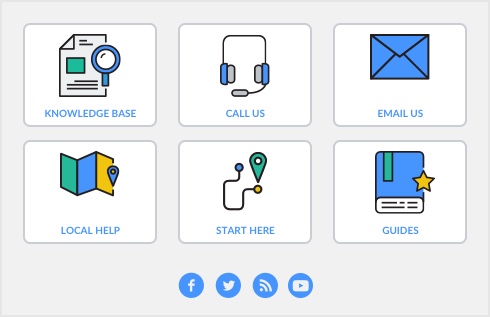|
▪
|
A Quote records an estimated price you have quoted to a customer, without creating a transaction. A quote has no impact on your inventory levels and can be changed to an order or an invoice when your customer is ready to buy.
|
|
▪
|
A Progress Billing Quote records an estimated price you have quoted to a customer, without creating a transaction, with the ability to receive the order
|
|
▪
|
An Order is a sale where no services or goods have been delivered. While orders don’t affect your financial figures, they do affect your committed inventory numbers. Orders don’t create transactions unless the customer has paid you a deposit. An order can be changed to an invoice.
|
|
▪
|
An Invoice is usually created when you deliver the items or services the customer ordered. It will update the appropriate accounts, including the account for tracking receivables. Invoices can be open (unpaid), closed (paid), or credit (negative sale). An invoice can’t be changed to a quote or an order. A credit (negative sale) will automatically create a credit memo.
|
|
▪
|
A Credit Memo is used to process returns and refunds for the customer. The amount entered on the credit memo will be a positive number. Only an additional charge, such as additional fees should be added as a negative number when using the credit memo.
|
|
▪
|
the Sales window
|
|
▪
|
the Bank Register window.
|
The procedure describes in this section is for entering a sale in the Sales window, which enables you to record the full details of a sales transaction.
Entering a sale in the Bank Register window is a fast way to enter a sales transaction. However, you can enter less detail about the sale than if you entered it in the Sales window. For more information, see ‘Entering transactions in the Bank Register window’.

